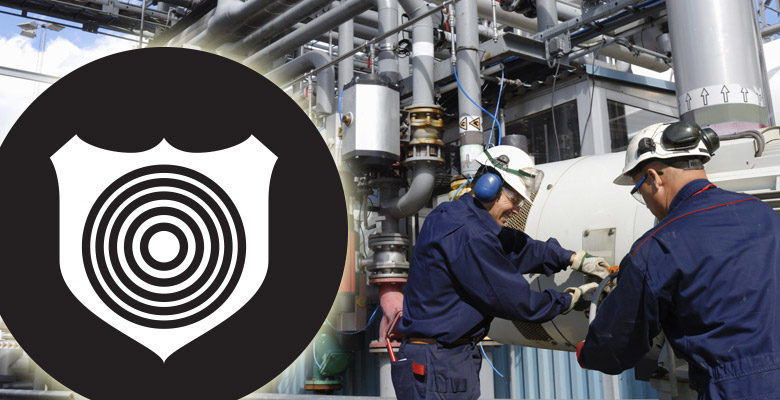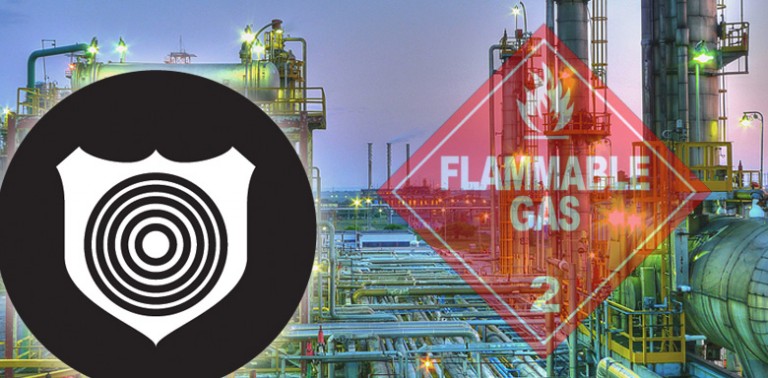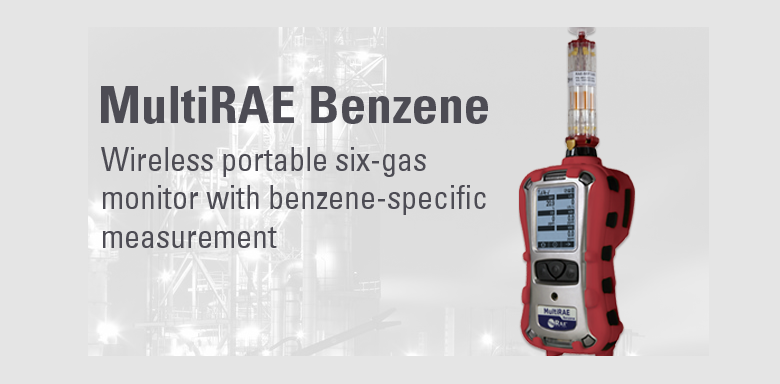
Methods of Protection in Hazardous (Explosion Risk) Locations: Containment, Segregation and Prevention (with Intrinsic Safety)
In order to reduce the risk of explosion, elimination of one or more of the components of the ignition triangle is necessary. There are three basic methods of protection—explosion containment,…

Protecting Ethylene Facilities
Introduction Few gases match the broad use of ethylene in modern society. Ethylene is a starting material for the industrial synthesis of linear polymers, aldehydes, and a whole host of…

Honeywell Reflex™ Increases Operator Confidence In Gas Detection
Honeywell Reflex™ Technology Overview Reflex™, a Honeywell Analytics patented diagnostic routine for electrochemical cells, is used with the XNX Universal Transmitter, Sensepoint XCD Gas Detector, Series 3000 MkII Gas Detector,…

Honeywell SureCell™ The Next Generation of Electrochemical Sensors
Honeywell SureCell™ Electrochemical sensors have proven popular for toxic gas detection due to their low power requirements, small size, and low cost. However, field studies have shown that not all…

The Future of Wireless Gas Detection and Benzene Monitoring Is Now Here!
RAE Systems’ MultiRAE just got better The MultiRAE Benzene multigas monitor is a groundbreaking new development for gas detection. The new MultiRAE Benzene is the industry’s first wireless portable six-gas…
